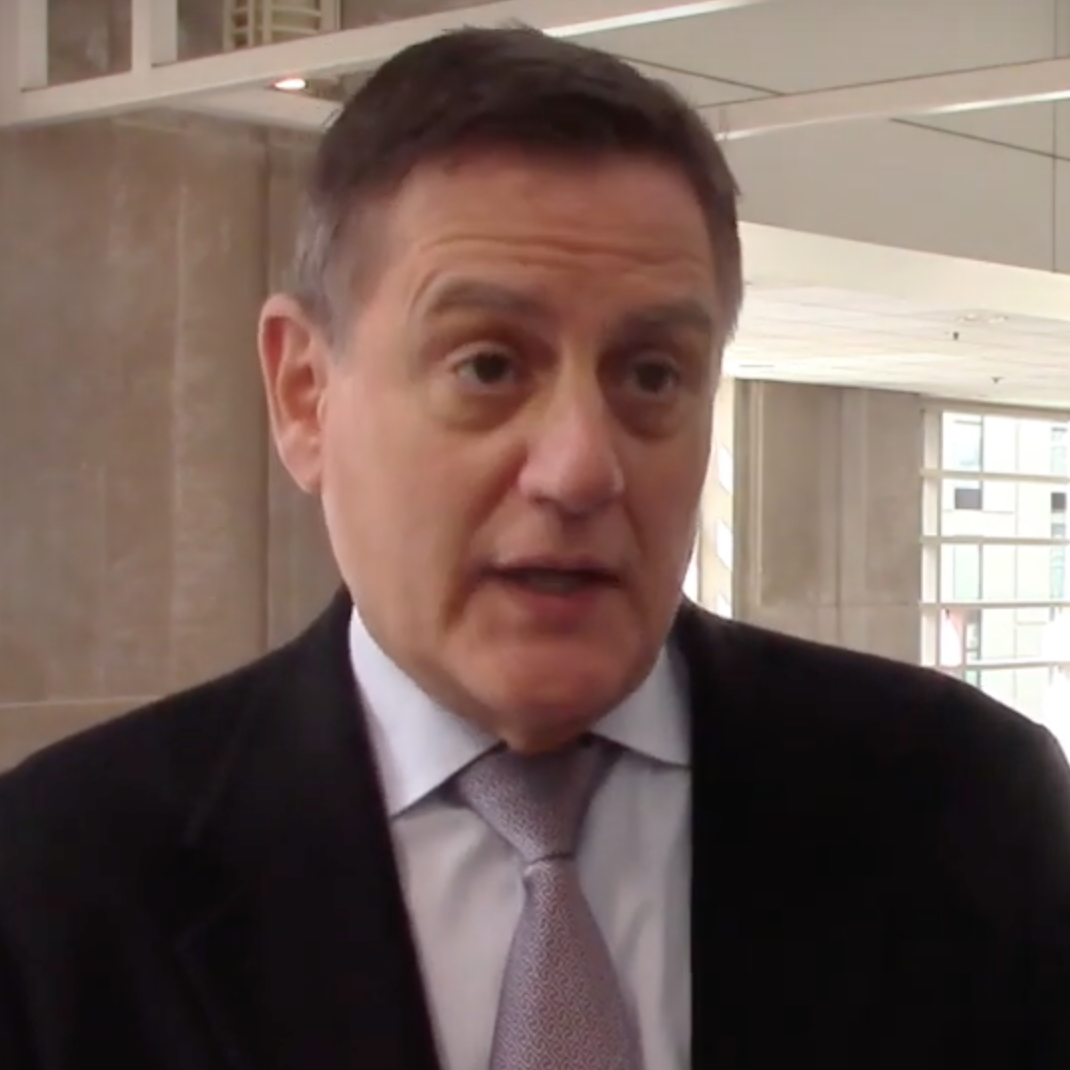Article
How Rising Heart Failure Rates Can Be a Good Thing
Author(s):
Mark Dunlap, MD, explained to MD Magazine the future of cardiovascular disease response and rates.

Heart failure is on the rise, but there's reasons why that may not be so bad.
Mark E. Dunlap, MD, director of the Heart Failure Section at the Heart and Vascular Center of The MetroHealth System in Cleveland, OH, told MD Magazine that the cardiovascular disease is on a quick rise that's projected to reach about 8 million patients in the US in the next 3 decades. Though a proper response is needed to address the rates, the actual cause of the rise is not as detrimental as perceived.
On top of heart failure's future, Dunlap talked telemedicine and treatment advancement in an exclusive sit-down with MD Magazine.
What is the current state of heart failure in the US?
Heart failure has a rather unique position in cardiovascular medicine in this country because it’s the only major cardiovascular diagnosis that continues to increase in incidence and prevalence. And it’s projected to continue to increase over the next 30 years or so. There are currently close to 6 million patients with heart failure. There’s going to be over 8 million patients in the next 20 years or so.
There’s probably some explanations for that. The most important are the fact that heart failure is primarily a disease of the older aging population. When people live longer, they develop heart failure.
The other reason really has to do with a success story in cardiology, because people are no longer dying of earlier stages of disease, of myocardial infraction, for instance. When they live longer with chronic cardiovascular disease, a lot of those roads lead to heart failure. So we’re going to need, not only continue to train people to deliver care for this complicated patient population, but also develop systems of caring for these about 6 million patients in the country. Because certainly we as heart failure specialists or we as cardiologists are not going to be able to do this by ourselves.
So, it’s very important to be working with primary care doctors. That’s something we’re doing at MetroHealth, is working with primary care doctors in a shared, collaborative agreement type of thing. “When should the patients with heart failure be sent to us?” “When can they go back to their primary care?” “How much of that care can be delivered by the primary care doctors?” “How much of it needs to be in a specialized heart failure program?”
What practice have been most important in addressing heart failure mortality rates?
One of the ways that we and many other places have tried to get the biggest bang for the heart failure buck is try to expand from the traditional one on one patient doctor relationship. There’s no way we can deliver care to close to 6 million people with that model. So we are using a variety of alternate ways than this one on one doctor patient encounter. We are making a lot of use over our expanded providers.
In addition to that, we increasingly use telephone visits. It becomes a little challenging on the reimbursement side, but compared with a patient being admitted to the hospital or coming to the emergency department with decompensated heart failure, it is a very helpful adjunct. We do some telemedicine consults with some devices that are little supped up from Skype. But the physical exam for the assessment of the heart failure patient, one of the really most important components of that physical exam from a heart failure standpoint, is to look at their jugular venous pressure. I wouldn’t bet my career on measuring that jugular venous pressure on a patient with telemedicine, so hopefully our technology continues to improve.
The other type of telemedicine is with the use of implantable monitors. Some of them are available as an accessory to a pacemaker or a defibrillator, but we now also have a device that is planted in the pulmonarty artery which gives us information with regards to the pulmonary artery systolic and diastolic pressure. It really can help manage very complicated patients. It’s a relatively expensive proposition, but ifi t can prevent some hospilatizations, it makes a lot of sense.





